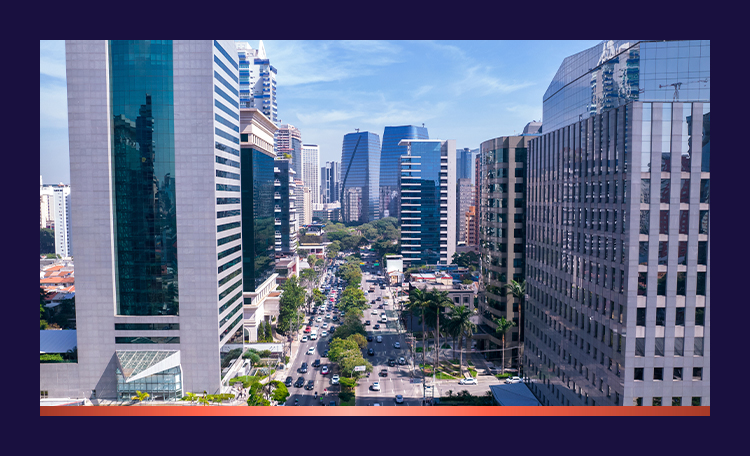Nowadays, corporate, commercial, and industrial buildings increasingly need to adopt an efficient PGRS, not only to meet legal requirements but also to reduce environmental impacts and strengthen their social and environmental responsibility.
Therefore, building operations play a fundamental role in ensuring that all stages of the plan—from waste generation to final disposal—are executed correctly.
The PGRS is not just a document—in fact, it is the foundation for building operations to comply with legislation and sustainability.
Why is the Solid Waste Management Plan (PGRS) important?
Every building operation generates waste. Therefore, it is essential to have a Solid Waste Management Plan (SWMP) that establishes clear rules for separation, packaging, and proper disposal. This allows you to:
Comply with environmental legislation, such as the National Solid Waste Policy (Law No. 12,305/2010), avoiding fines and penalties.
Reduce environmental impacts by promoting recycling, reusing materials, and reducing the volume sent to landfills.
Improve the quality of building operations, reducing risks to the health and safety of occupants.
Strengthen the institutional image of the project by being perceived as a more environmentally conscious and committed space.
PGRS and environmental legislation
The mandatory Solid Waste Management Plan (PGRS) is established by Law No. 12,305/2010, which establishes the National Solid Waste Policy. This legislation establishes clear guidelines focused on waste reduction, reuse, and proper disposal.
Failure to comply with these requirements can result in financial penalties, administrative sanctions, reputational damage, and negative environmental impacts. Furthermore, all waste generators—excluding household waste—must demonstrate environmentally sound disposal through documents and technical reports.


